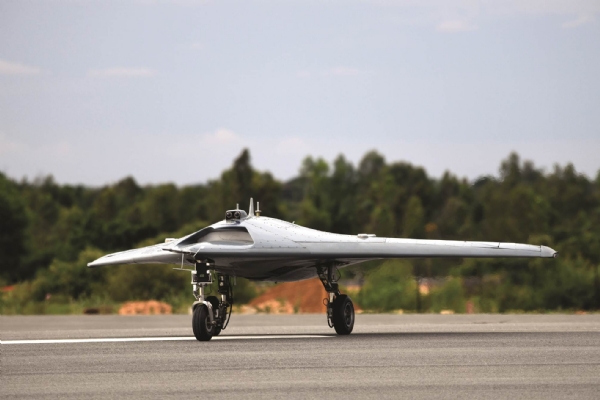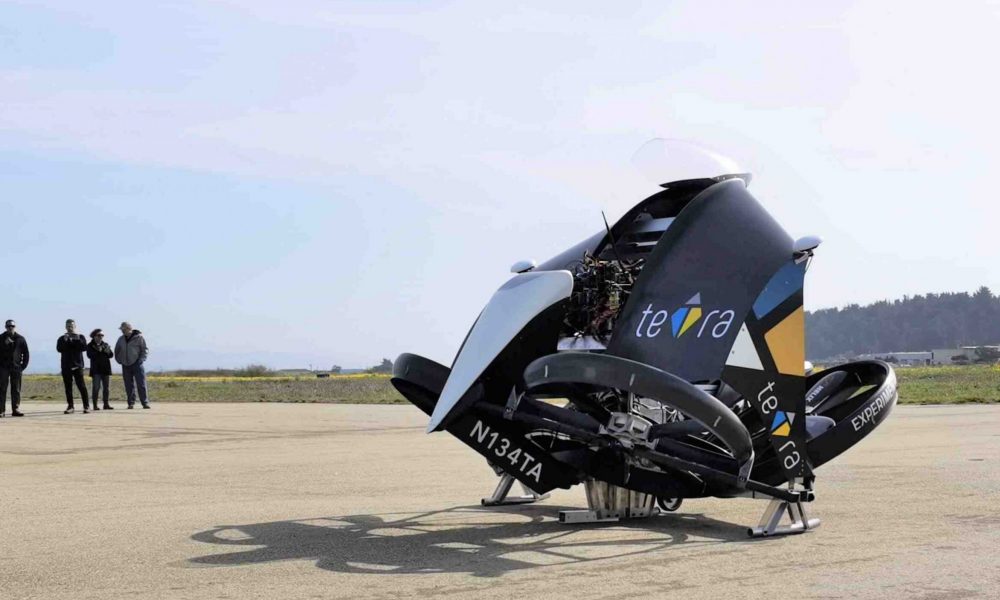Flying cars have long been a staple of science fiction, but in recent years, they have become a reality. The development of flying cars has been a long and arduous process, but progress is being made.
Progress

In recent years, there have been several notable developments in the world of flying cars, sparking discussions about how they might impact the future of taxi services. One of the most promising innovations is the development of electric vertical takeoff and landing (eVTOL) vehicles, which some experts believe could become the airborne taxis of tomorrow. These futuristic taxis use electric motors and batteries to power rotors or fans, allowing them to take off and land vertically like a helicopter, yet fly horizontally like an airplane—potentially transforming how people book a taxi in urban environments. While traditional taxis continue to dominate city streets, the rise of eVTOL technology hints at a future where calling a taxi could mean summoning a ride through the skies.
Several companies are working on eVTOL vehicles, including Uber and Airbus. Uber is planning to launch its air taxi service, Uber Air, in 2023 in Dallas, Los Angeles, and Melbourne. Airbus is developing its own eVTOL vehicle, the CityAirbus, which is currently in the testing phase.
Another promising development is the use of autonomous technology in flying cars. Autonomous technology could make flying cars safer and more efficient, as they would not rely on human pilots. Several companies, including Boeing and Airbus, are working on autonomous flying car technology.
Challenges

While there has been progress in the development of flying cars, there are also several challenges that must be overcome before they become a common sight in the skies.
One of the biggest challenges is regulation. Flying cars would require a new set of regulations and infrastructure, as they would be sharing airspace with airplanes, helicopters, and drones. Governments and aviation authorities will need to develop new regulations to ensure the safety of flying cars.
Another challenge is the cost. Flying cars are currently very expensive to build and operate. The technology is still in its infancy, and as with any new technology, costs are high. However, as more companies enter the market and competition increases, costs are expected to come down.
Infrastructure is also a challenge. Flying cars would require landing pads or designated areas for takeoff and landing. Building this infrastructure would require significant investment and planning.
The development of flying cars is an exciting prospect, but there are still many challenges to overcome. Progress is being made, but it will take time before flying cars become a common sight in the skies. As the technology continues to develop and costs come down, we may one day see a world where flying cars are a part of everyday life.
You may also like
-
Expert Assessment of Fuel Cap Locking Mechanisms and Their Reliability
-
Complete Guide on Ford Mustang Performance Maintenance
-
Luxury Car Rentals for Stunning Clearwater Coastline Photoshoots
-
Singapore Scrap Car Guide: Get Maximum Value From Your Vehicle
-
Choosing the Right Service for Your Car’s Lug Bolts: When to Seek Professional Help

